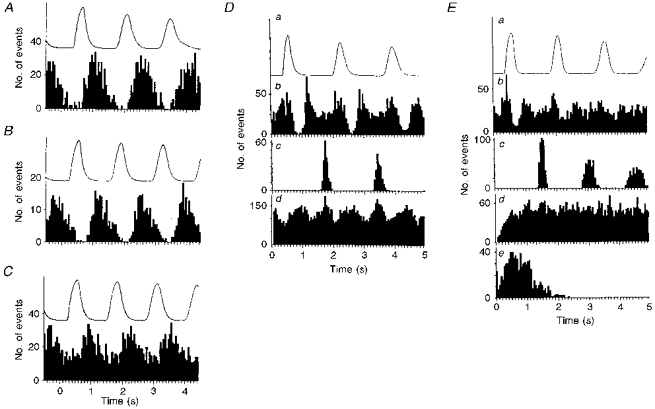Figure 7. Phrenic-triggered crosscorrelograms of unit activity.

A, B and C, phrenic-triggered crosscorrelograms of unit activities shown in Figs 3A, 2A and 3B, respectively. In A and B, the frequencies of the dominant sympathetic rhythm and phrenic discharges were similar and identical, respectively (A, 200 triggers; B, 220 triggers; see Figs 2 and 3A). Note that in both cases peak activities occur during expiration with little if any activity during inspiration (phase relationships have been adjusted to take into account different conduction times in the two pathways). In C (233 triggers), although there was a close to 3:2 relationship between the dominant sympathetic rhythm and the phrenic frequency, peak activity also occurs during expiration but with substantial activity occurring during inspiration. This is probably because at this ratio two sympathetic bursts occur during expiration for each that occurs during inspiration. D and E (from different units) have the same format except that E contains an ISIH. In both D and E, all data shown are taken from the same 300 s data set. In D the frequency of the dominant sympathetic rhythm equals twice that of the phrenic rhythm, and in E there is no dominant sympathetic rhythm. For D and E: a, rectified and smoothed phrenic activity averaged over the period; b, phrenic-triggered crosscorrelogram of sympathetic activity over same period as in a (D, 181 triggers; E, 198 triggers); c, phrenic-triggered autocorrelogram (over the same period and same number of triggers as above); d, autocorrelograms of sympathetic unit activity (D, 884 triggers, E, 786 triggers). Ee, ISIH of unit activity.
